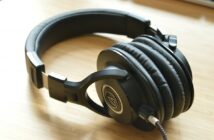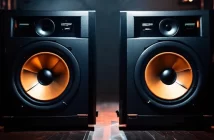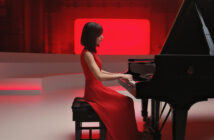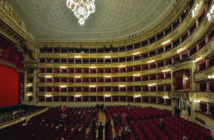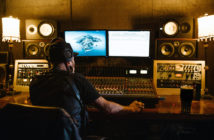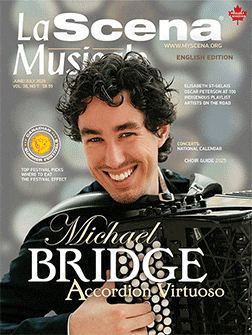
This page is also available in / Cette page est également disponible en:
![]() Francais (French)
Francais (French)
For an opera singer, recording a demo is quite common, especially since demos give you to auditions for competitions and contracts. A demo generally consists of a recording of the singer accompanied on the piano. Sometimes a video recording is also required, often in a single shot in order to prevent editing between several takes, or any manipulation intended to artificially improve the rendering.
What is the value of a home demo?
Some who are lucky enough to own a piano record themselves at home, but to hear the comments of those who receive these demos, homestyle acoustics, as well as the quality of personal recording equipment, often leave something to be desired. One wonders if homemade recordings might disadvantage candidates competing against others who submit professional demos of better technical quality. Theoretically, of course, it is only the artist’s delivery that should count, except that it is sometimes difficult for judges to remain insensitive to the packaging.
Recording equipment
This usually consists of microphones plugged into preamplifiers whose signal is converted to digital to be recorded on a computer. Semi-professional hardware (starting at $2,500) consists of, for example, a pair of microphones plugged into a sound card connected to a computer that records on its software. Professional equipment ($5,000 to $10,000-plus) may consist of five or six microphones plugged into dedicated preamps that redirect the signal to dedicated converters hooked up to a system that double records.
Recording a singer-piano duo does not require a lot of equipment. Singers who already have a computer might consider equipping themselves by purchasing their own recording equipment. For a singer, the choice is usually dictated by budget. Semi-professional recording gear is relatively cheap and can give good results if used well, but does require some technical knowledge and skill. On the other hand, if other conditions (talent and acoustics of the venue) are not optimal, there is always the risk of a poor result when using semi-pro equipment. Simply put, you could say that higher-end hardware is more forgiving.
In order to know how to use semi-pro equipment properly, it is often necessary to carry out tests: position the microphones closer, farther, at a slight angle, see how the microphones and preamplifiers react to different sound levels (pianissimo, mezzo forte, fortissimo, for example). This battery of tests takes energy and time, and in a venue rented by the hour, we sometimes do not have this luxury. Without technical knowledge, it is better to rely on reliable equipment, which “forgives.”
Venue acoustics
Acoustics matter as much as the talent and equipment. If there is a grand piano on the premises, the acoustics must be likewise acceptable. In the same way, one could reliably say that if the recording is being made in a room in a house, the acoustics will be of poorer quality. When recording a singer with a pianist, the questions one must ask are: How much reverberation do you need? Is the reverb appropriate for the repertoire? Is the reverb appropriate for the tempo? Will it be necessary to add artificial reverb to the mix? Is it better to use artificial reverberation in the mix and avoid using the natural reverberation of the venue? Is it possible to modify the reverberation by drawing curtains or moving acoustic panels? If you have time, you can answer many of these questions on your own, by ear, by trying different configurations, but in a recording studio the sound engineer will know how to best place the piano, singer and microphones to obtain the optimal reverberation.
When you have mastered how to make best use of your equipment and the acoustic, there is nothing technically difficult in recording a demo involving a singer accompanied by piano. Above all, it is a matter of listening: you need a good ear to judge if the piano is too far from the singer or if the reverberation reacts well with the piano. It is very important to have reliable listening equipment (speakers or headphones) to check what the microphones are picking up. As you record, you need to keep re-listening to judge whether the microphones are well placed or not. After the session, it isn’t possible to reduce a reverb that is too present in the recording. While it’s great to rely on one’s own good ear when listening to a take, you also need to ask if headphones or speakers can be trusted to judge the quality. When we call on a professional, we can expect a sound engineer to use listening equipment they know well. It’s also important to consider that an experienced sound engineer is capable of translating any requests for artistic adjustments into a technical gesture. For example, when it is determined by ear that there is too much reverberation, a sound engineer can determine whether it might be better to move the microphone closer to the source or to change the polar pattern.
This page is also available in / Cette page est également disponible en:
![]() Francais (French)
Francais (French)



